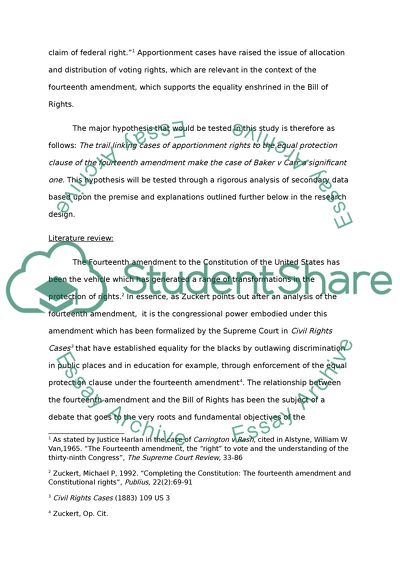Cite this document
(The Case of Baker v Carr Research Paper Example | Topics and Well Written Essays - 2000 words, n.d.)
The Case of Baker v Carr Research Paper Example | Topics and Well Written Essays - 2000 words. Retrieved from https://studentshare.org/law/1732707-constitutional-law-research-design
The Case of Baker v Carr Research Paper Example | Topics and Well Written Essays - 2000 words. Retrieved from https://studentshare.org/law/1732707-constitutional-law-research-design
(The Case of Baker V Carr Research Paper Example | Topics and Well Written Essays - 2000 Words)
The Case of Baker V Carr Research Paper Example | Topics and Well Written Essays - 2000 Words. https://studentshare.org/law/1732707-constitutional-law-research-design.
The Case of Baker V Carr Research Paper Example | Topics and Well Written Essays - 2000 Words. https://studentshare.org/law/1732707-constitutional-law-research-design.
“The Case of Baker V Carr Research Paper Example | Topics and Well Written Essays - 2000 Words”. https://studentshare.org/law/1732707-constitutional-law-research-design.


